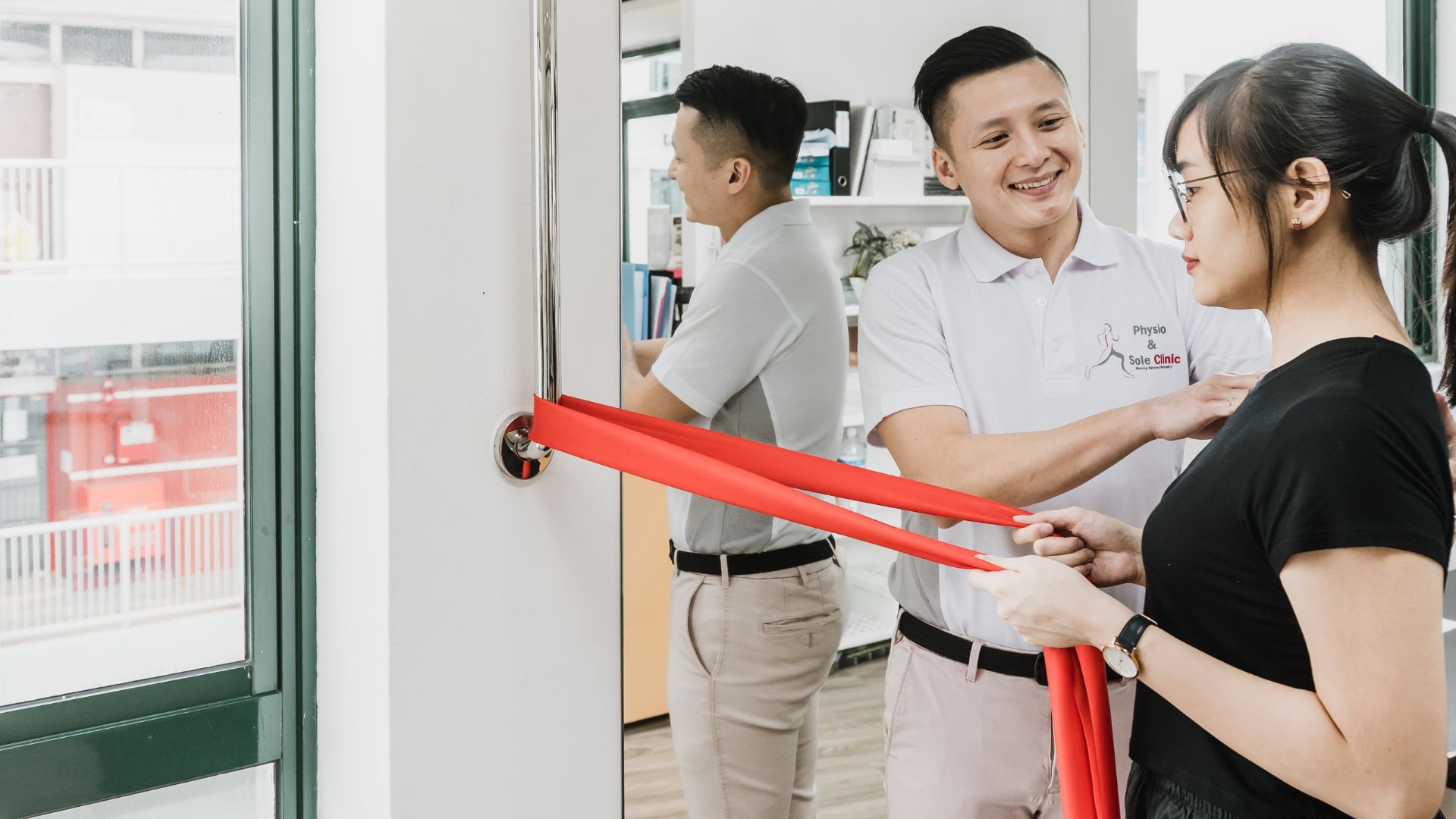Let’s be honest—most of us grew up wearing slippers or flip-flops. From kopitiam breakfasts to wet market runs and family chalet stays, flip-flops were the go-to footwear for almost everything. So, it’s no surprise that many of us now dress our kids the same way. After all, slippers are affordable, convenient, and perfect for our humid Singapore weather.
But here’s the thing: what was comfy for us back then may not be the best for your child’s developing feet today. As podiatrists, we see a growing number of children with foot pain, balance issues, or posture problems—and footwear is often a big part of the problem.
Here’s what every parent needs to know before slipping on another pair.
Why Flip-Flops & Sandals Are a “No-No” for Kids?
While flip-flops may seem like a convenient choice in Singapore’s warm climate, they may not be the best option for your child’s growing feet. Here’s why podiatrists often advise against them for everyday wear:

1. Lack of Arch Support Can Affect Foot Development
Children’s feet are still growing and developing, which means they need proper support to form healthy arches and posture. Most flip-flops are completely flat, offering no structure at the heel or arch. Over time, this can contribute to flat feet, misalignment, and even chronic pain as your child grows.
2. Toe-Gripping Alters Natural Movement
To keep flip-flops on, children often instinctively grip the sole with their toes while walking. This unnatural habit can lead to muscle fatigue, imbalanced walking patterns, and may affect their coordination and balance over time.
3. Not Suitable for Active Play
Kids are naturally active—running, jumping, and climbing throughout the day. Flip-flops offer little to no cushioning or shock absorption, making your child more vulnerable to stubbed toes, sprains, and heel pain, especially during high-impact activities.
How Poor Footwear Affects Children?
- Affects posture and balance – May cause awkward walking patterns
- Leads to foot fatigue and pain – Especially in the heel, arch, or ankle
- Reduces participation in activities – Discomfort can make kids avoid running or PE
- Can impact long-term development – Increases risk of flat feet, knee, or back issues
- Early signs often go unnoticed – Kids may not complain until the pain worsens
So… Are Flip-Flops and Sandals a Definite No-No?
Yes — for anything more than a few minutes of wear, especially if your child will be walking or running around.
Flip-flops and flat sandals lack the support and structure needed for growing feet. Even wearing them for 10 minutes or more can put unnecessary strain on the toes, arches, and ankles, particularly if your child is walking, playing, or on the move.
They’re only okay if your child isn’t walking much, like:
- Showering at a chalet or swimming pool
- Sitting by the beach
- Short indoor wear (e.g. slipping them on after school while seated)
Avoid them for:
- Walks longer than 10 minutes
- School, shopping, playgrounds
- Any day when your child will be active or standing
Flip-flops aren’t made for movement — they’re made for lounging. If your child’s going to be on their feet, choose something with proper back support, heel structure, and cushioning.
What Should Your Child Wear Instead?

Look for shoes that offer structure and support, especially if your little one is active or still developing their foot shape. Ideal features include:
- Arch and heel support
- A backstrap or secure closure (no more gripping!)
- Firm but flexible soles
- A good fit (with room for toes but not too loose)
Shoes like sports trainers, school shoes with cushioning, or closed-toe sandals with heel support are great options.
How Can You Spot a Footwear Issue at Home?
You don’t need to be a podiatrist to notice the warning signs. In fact, a simple walk test at home can reveal a lot about how your child moves — and whether their footwear may be affecting their feet.

Try This:
Have your child walk barefoot (or in their usual shoes) on a flat surface at home. Film them from the back and side for just 10–15 seconds. Watch for the following:
Warning Signs to Look Out For:
- Tripping often or walking awkwardly (e.g. feet rolling inward, dragging)
- Shoes wearing out unevenly (one side more worn than the other)
- Always asking to be carried or sit down after walking
- Complaints of pain in the heel, arch, or ankle — even after short distances
These subtle signs could be your first clue that something’s off — and footwear might be to blame.
Noticed Those Warning Signs? Let Us Help.
At Physio & Sole Clinic, we believe every child deserves a strong foundation — starting from their feet. If your little one is showing signs of discomfort, unusual walking patterns, or footwear-related issues, it’s always best to get it checked early.
Our experienced podiatrists can support your child with:
- Posture assessments
- Gait analysis
- Footwear guidance tailored to your child’s needs
- Custom insoles (if needed) to support healthy foot development
Whether your child is flat-footed, highly active, or constantly complaining of foot pain, we’re here to help them grow up walking strong and pain-free. Book an appointment here today!
Check out our Reel on FitFlops if you haven’t already!
Frequently Asked Questions
1. What If My Child Already Has Flat Feet?
Flat feet are common in growing children, but the wrong footwear can worsen symptoms or delay natural arch development. Supportive shoes, exercises, and sometimes orthotics can help improve function and comfort as they grow.
2. How to Pick the Right Shoes for Your Kids
Check out our video: The Perfect Shoes for Kids Aged 1–10. We break down what features matter most and how to check for the right fit — perfect for parents shopping in-store!
Related Article:
- The Worst Shoes for Kids: What You Should NEVER Let Them Wear!
- Constant Falls, Poor Posture, or Pain? Watch Out for These Signs in Your Child, They May Need Paediatric Physiotherapy!
- Why choose Physio and Sole Clinic for your child’s feet condition?
- Top 5 Questions Parents ask a Podiatrist






